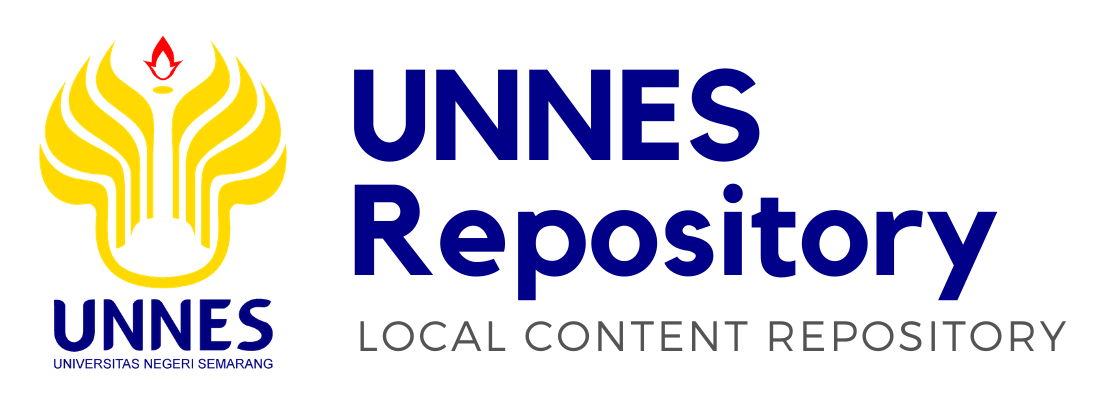UPPER-CLASS MEN AND MIDDLE-CLASS WOMEN’S LANGUAGE VARIATIONS FOUND IN THE MOVIE SCRIPT ‘PRIDE AND PREJUDICE (2005)’
Febriana Siswi Artiani , 2201412125 (2019) UPPER-CLASS MEN AND MIDDLE-CLASS WOMEN’S LANGUAGE VARIATIONS FOUND IN THE MOVIE SCRIPT ‘PRIDE AND PREJUDICE (2005)’. Under Graduates thesis, Universitas Negeri Semarang.
Preview |
PDF (UPPER-CLASS MEN AND MIDDLE-CLASS WOMEN’S LANGUAGE VARIATIONS FOUND IN THE MOVIE SCRIPT ‘PRIDE AND PREJUDICE (2005)’)
- Published Version
Download (705kB) | Preview |
Abstract
In learning conversation, there are various sources that students can use easily, for example movie. Dialogue in the movie can be utilized for learning sources of the language. Also, students can learn not only about the expression, but also how a message or idea is delivered through a conversation. This study investigates the thematic structures of the sample dialogues between Fitzwilliam Darcy and Elizabeth Bennet in the movie script Pride and Prejudice (2005). The analysis intends to figure out what thematic structures are displayed and what upper-class men and middle-class women‘s language variations are found in the Fitzwilliam Darcy‘s and Elizabeth Bennet‘s utterances. Thematic structures display what kind of theme which is defined as starting point that comes in the beginning of a clause and rheme which is the remainder of the clause. This research used qualitative approach. Thematic structure analysis was used to answer the research problems. The units of analyses of this study were clauses of Fitzwilliam Darcy‘s utterances which represents upper-class men‘s language and Elizabeth Bennet‘s utterances which represents middle-class women‘s language taken from the movie script Pride and Prejudice (2005). There were several steps done to analyze the data. The data was broken down into clauses. Then, each clause was analyzed using theme-rheme system. The findings of analysis show that there were 104 themes in 81 clauses used by Fitzwilliam Darcy. Mostly, the theme used in the Fitzwilliam Darcy‘s utterances was unmarked topical theme with 70 (86.42%) cases, followed by textual theme with the total of 20 (24.69%) cases and 12 (14.81%) cases of interpersonal theme and then followed by the least appeared theme which is marked topical theme with 2 (2.47%) cases. Meanwhile, from 85 themes, unmarked topical theme was the most occurred theme used by Elizabeth Bennet in her all 74 clauses, it appeared in 58 (78.38%) cases, followed by textual theme with 16 (18.27%) cases, interpersonal theme with 6 (8.11%) cases and 5 (6.76%) cases of marked topical theme. It reveals that upper-class men use predicator of unmarked topical theme and finite of interpersonal theme in their language more often rather than middleclass women in their language. Also, middle-class women tend to use prepositional phrase of marked topical theme and structural of unmarked topical theme more often rather than upper-class men.
| Item Type: | Thesis (Under Graduates) |
|---|---|
| Uncontrolled Keywords: | Dialogues, Textual Meaning, Theme, Rheme, Thematic Structure, Language Variations, Social Class, Gender |
| Subjects: | P Language and Literature > PE English |
| Fakultas: | Fakultas Bahasa dan Seni > Pendidikan Bahasa Inggris (S1) |
| Depositing User: | Retma IF UPT Perpus |
| Date Deposited: | 09 Apr 2020 17:25 |
| Last Modified: | 09 Apr 2020 17:25 |
| URI: | http://lib.unnes.ac.id/id/eprint/35636 |
Actions (login required)
 |
View Item |
